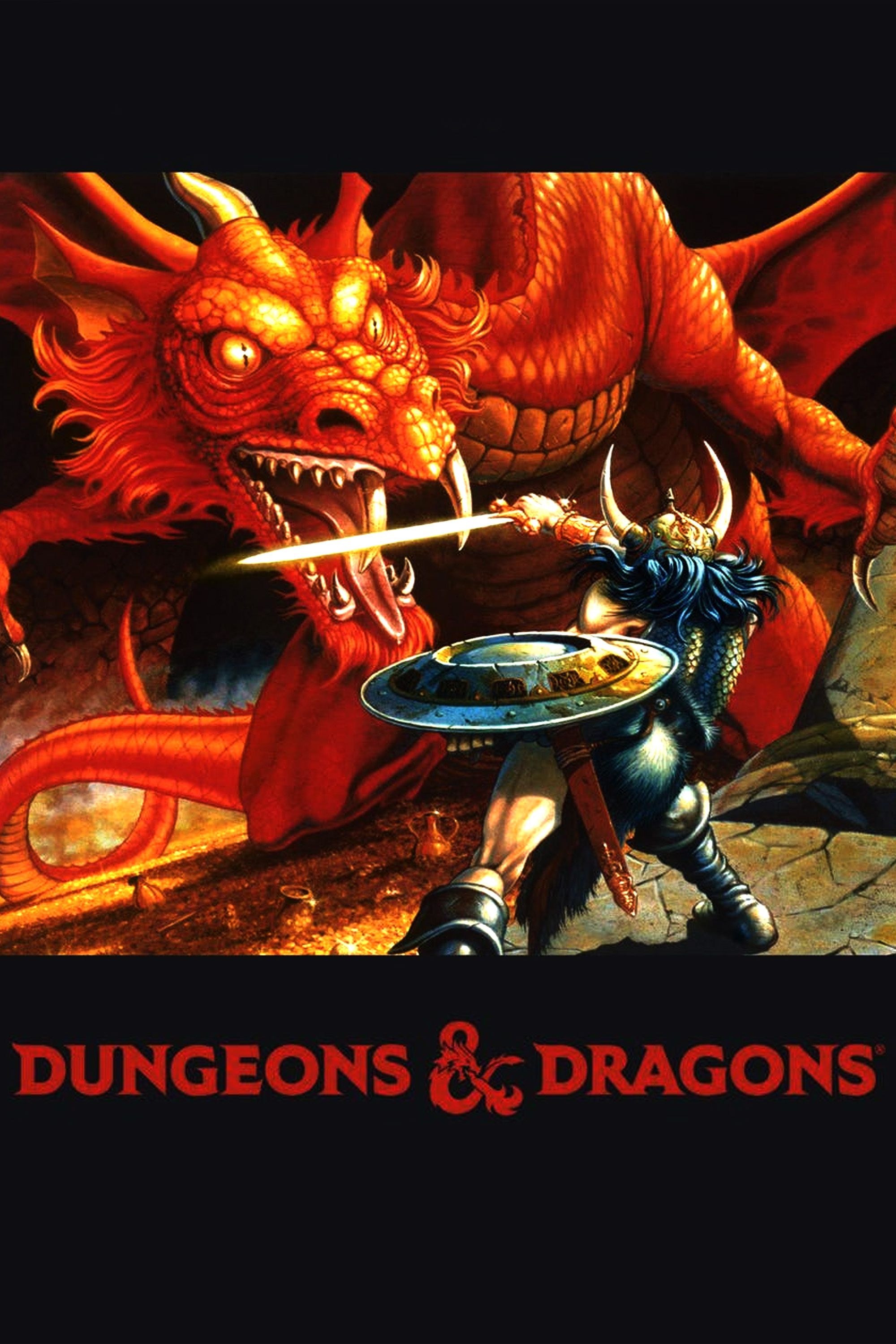Dungeons and Dragons 5e’s Wizards categorize magic into eight Schools of Magic. Each school has its own properties, Spell List, and benefits and drawbacks. Rather than dipping into all schools, Wizards tend to specialize in one School of Magic. Deciding on a School of Magic when creating a Wizard in Dungeons and Dragons can be difficult, as they all have their own benefits and drawbacks.
Other factors to consider when choosing a School of Magic to specialize in are its roleplaying potential, the willingness of the DM to accommodate certain spells, and the creativity and imagination of the player. Some schools are limited by the spellcasting mechanics of the Spell List found in that School, such as being only able to cast during an Action, or requiring concentration to keep up the spell, while other Schools require a hefty amount of accord between the player and DM to work out well.

Related
Dungeons And Dragons: 10 Things To Avoid When Creating NPCs
Avoid common NPC creation pitfalls in D&D to craft memorable characters that enhance gameplay and enrich your campaign’s narrative.
S-Tier: A Balance of Gameplay and Roleplay
The School of Abjuration is one of the most useful Schools of Magic in Dungeons and Dragons because of its versatility. Any party will benefit from an Abjuration Wizard in their party, particularly with the changes to the School’s Spell List with the 2024 Player’s Handbook. Some of the Abjuration Wizard’s best spells are reactions, with Counterspell, Shield, and absorb elements all reactions, while Dispel Magic is now a Bonus Action, potentially saving the party from certain doom.
The School of Transmutation is both fun and versatile, and is great for Wizards in 5e who look for creative solutions to problems and want to cause chaos on the battlefield. Polymorph is limited to the player’s imagination and the mechanics, but in this case, the mechanics invite creativity and rival the Druid’s capabilities. The transmutation stone gives a variety of spells useful across all sorts of scenarios, showing players can’t go wrong investing in this School.
A-Tier: Great Schools Where DM’s and Players Need to Meet in the Middle
One of the classic Schools of Magic is the School of Evocation, which gives access to a variety of AoE spells, while Evoker Wizards are able to also exclude allies from the damaging effects of their spells. Fireball is the iconic spell of the School of Evocation, but this School also has other iconic elemental spells, such as Cone of Cold and Magic Missile. This School is a great all-rounder for combat and role-play.
The School of Illusion is, in practice, only limited by the imagination and patience of the player and the DM. Practitioners of the School of Illusion use spells that trick the minds of others through visuals or hearing things that aren’t there. The 2024 Player’s Handbook includes some new features that give Illusionist Wizards the ability to make some of their Illusions real, opening new doors of possibilities. The main problem with playing this School of Magic is finding a DM willing to accommodate any illusions the player creates, and finding a middle-ground between what illusions are acceptable and what isn’t. If common ground can be found, this could be one of the best Schools of Magic to specialize in.
B-Tier: Mechanically Tricky But Fun to Play
The School of Divination involves getting a glimpse of the future. Portent is one of the hallmarks of this School, which allows them to roll two D20s, and allows the spellcaster to replace any attack roll, saving throw, or ability check made by them or a creature that they can see with one of the rolls. There are other powerful spells in this School that allow the spellcaster to see into the future, but it also relies on a DM who’s willing to plan ahead and know what they’re willing to show. This School can be great in the hands of creative players and DMs, but can fall flat and feel limited otherwise, and needs some more planning and work than other Schools.
The School of Conjuration involves summoning creatures and items from other planes. It also involves teleportation, which is an incredibly useful spell in combat, especially for squishy Wizards. Unfortunately, despite the versatility of this School of Magic, the practicality of casting spells in combat is fairly clunky and hinges on keeping up concentration to keep conjured creatures around.

Related
The Unwritten Rules of Dungeons and Dragons 2024 Explained
The 2024 Player’s Handbook and upcoming Monster Manual changes things for both new and veteran players, but some changes make things easier.
C-Tier: Good Roleplaying With Better Alternative Class Options
Necromancy is great on paper, but unfortunately, isn’t implemented very well in Dungeons and Dragons. The School of Necromancy deals primarily in necrotic damage, which is a problem when facing enemies who are resistant to necrotic damage. The School of Necromancy is a challenge to roleplay as a good Wizard, but it definitely can be done, and is often rewarding if done right.
The School of Enchantment is all about beguiling enemies. A charming Wizard is fun to roleplay, but one of the main problems that arises with this School is that there are other classes with Spell Lists that do what the School of Enchantment does, but better. Compared to the other Schools of Magic, the School of Enchantment struggles to hold up, but there is a place for it as a roleplaying option.

Dungeons and Dragons
Created by Gary Gygax, Dungeons & Dragons is a tabletop game in which players craft their own worlds and band together to take on adventures through mysterious realms outlined in companion materials. One of the best role-playing games ever made, it has been adapted into a variety of video games and other media.
- Franchise
- Dungeons & Dragons
- Original Release Date
- 1974-00-00
- Designer
- E. Gary Gygax , Dave Arneson












Leave a Reply